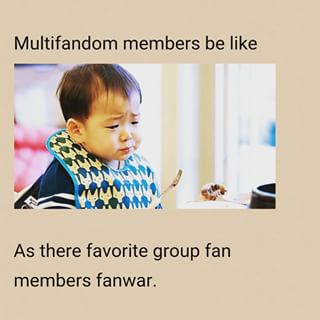Teresa Sadowska
Who else here is learning a language?
I’m studying Italian in college, with goals to achieve fluency one day. I’m taking the Italian courses as a part of my college’s language requirement: four sequential courses of your chosen language. There is no real national mandate in the United States for learning a second language in schools, but many choose to have their students fulfill a language requirement anyway. Studies have shown that learning a second language helps to solidify necessary skills and attributes such as a good memory, productive study skills, and critical thinking. Being fluent in a second language could also open doors to many educational and employment opportunities, not even mentioning the benefits when traveling the world.
As many schools continue to require language classes, there are still other ways to learn languages. The brave could jump right in the deep end and immerse themselves in a foreign country. The studious could get vocabulary books and join a cultural club to practice. I haven’t mentioned language learning apps yet… but I’m sure you’re thinking about them. Are language learning apps for the regular, everyday person? And is there such a thing as casually learning a language?
Nowadays there’s an app for everything. There’re your typical social media apps, apps that have the sole purpose of mimicking bubble wrap, and hey, Dunkin Donuts released an app that lets you order your coffee when you’re not even inside a physical shop! In this day and age, when you can order your coffee on-the-go, is learning a language on-the-go possible too? There is a large selection of language learning apps in the App Store and Google Play and the top downloaded language learning app on Google Play is Duolingo. Many users have taken to the reviews tab of Google Play to compliment how much they love Duolingo … myself included.
I must admit, I am a sucker for Duolingo. For me, it makes learning Italian a more enticing, game-like challenge. The little green owl named “Duo,” the mascot of the app, helpfully reminds me when I need a refresher and in what specifically. I like to use the app on the subway, which allows me to use my downtime to practice in a fun way. But that’s all it really is to me – practicing.
Language learning apps that depend on memorization by rote advertise an easy way to learn a language. But, really, is there such a thing??
Learning a language takes time, effort, and communication. Of course, we can be diligent and practice on every subway, bus, or ferry ride. But practicing verbally and with other people is crucial to becoming fluent. Real life situations have no script, which makes the ability to create original sentences crucial. This skill requires the capacity to fully understand the nitty-gritty of how a language works: conjugations, syntax, the works. Memorization doesn’t offer this. Much like how child language acquisition is so much more complex than simple memorization, learning a language is the same way! Real-time communication helps to solidify and expand knowledge of a language. Instead of relying on language learning apps such as Duolingo as my sole exposure, I use them for the amazing resources they are: vocabulary practice and constant daily exposure.
There is, however, another type of language learning app that can be used to practice when learning a new language. Apps that don’t stress the rules of language itself but instead encourage connecting with native speakers of the language you want to learn. The whole idea is that native speakers help each other learn the other’s language, helping each other through text message, voice message clips, phone calls, and even video chat! While all these may seem strange to do with someone you barely know, it is truly the beauty of globalization and the world wide web that allow these kinds of connections possible. To learn a language through an app like this take a lot of self-discipline, as it is the user’s responsibility to reach out, connect with other users, and work towards fluency. The connections the app offers is highly beneficial, as it allows you to speak in real time with people who know the language well! These apps make it possible for absolutely anyone, even the most geographically secluded person, to try communicating in a new language with a native speaker.
Both types of language learning apps offer support in the process of learning a language. But do you think fluency is achievable solely through smart phone apps? Let me know! Do you have personal experiences with language learning apps? Feel free to share them below! What do you think of “casually” learning a language? Possible or impossible? What about apps that connect you with native speakers? Are apps like these the future of language learning?
Sources:
http://theconversation.com/just-how-effective-are-language-learning-apps-42913
https://www.publicschoolreview.com/blog/benefits-of-foreign-language-education
https://www.huffingtonpost.com/fodors/7-outstanding-language-le_b_6431448.html
https://www.weareteachers.com/why-immersion-may-be-the-key-to-foreign-language-learning/
https://news.dunkindonuts.com/news/dunkin-donuts-on-the-go-mobile-ordering-now-available-nationwide
https://play.google.com/store/apps/details?id=com.duolingo&hl=en
https://play.google.com/store/apps/details?id=net.tandem&hl=en
Hashtags: apps, duolingo, tandem, language, language acquisition, learn a language, learning, language classes, language apps, teach yourself a language, teaching, practice, study, easy, native language, bilingual, monolingual

































